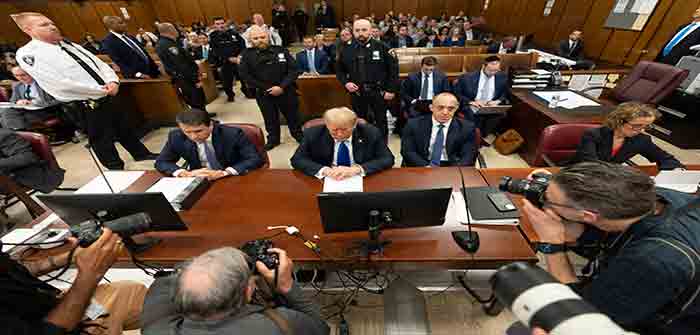
by Clark Neily at Washington Examiner
A New York jury acquitted publisher John Peter Zenger of seditious libel in 1735 in what the National Constitution Center correctly calls “an early example of jury nullification.” Three centuries later, another New York jury was falsely instructed that it lacked that power, thereby rendering its guilty verdict against another high-profile defendant, former President Donald Trump, constitutionally infirm.
Juries have always had the power to acquit against the evidence, and telling them otherwise violates the Sixth Amendment and due process.
The jury instructions given in Trump’s hush money prosecution advised jurors that “if the People satisfy their burden of proof, you must find the defendant guilty.” Though apparently standard in New York, the italicized language flatly contradicts founding-era theory and practice regarding the prerogatives of criminal juries. (By contrast, the jury instructions in the Hunter Biden prosecution told the jurors they “should” convict if the state carried its burden, not that they must.)
It is axiomatic that judges should not mislead jurors about their actual duties and powers. For example, if a judge instructed a jury that only registered Republicans and Democrats could speak during deliberations, its verdict would be invalid because the Constitution requires that all jurors have the opportunity to participate. Other requirements include the correct number of jurors (12, not six, as Supreme Court Justice Neil Gorsuch keeps reminding his colleagues), unanimity, and nondiscrimination in selection. The fact that those requirements are derived from historical practice rather than express textual command renders them no less binding.
Another historical attribute of criminal juries is the power to acquit against the evidence,…
Continue Reading